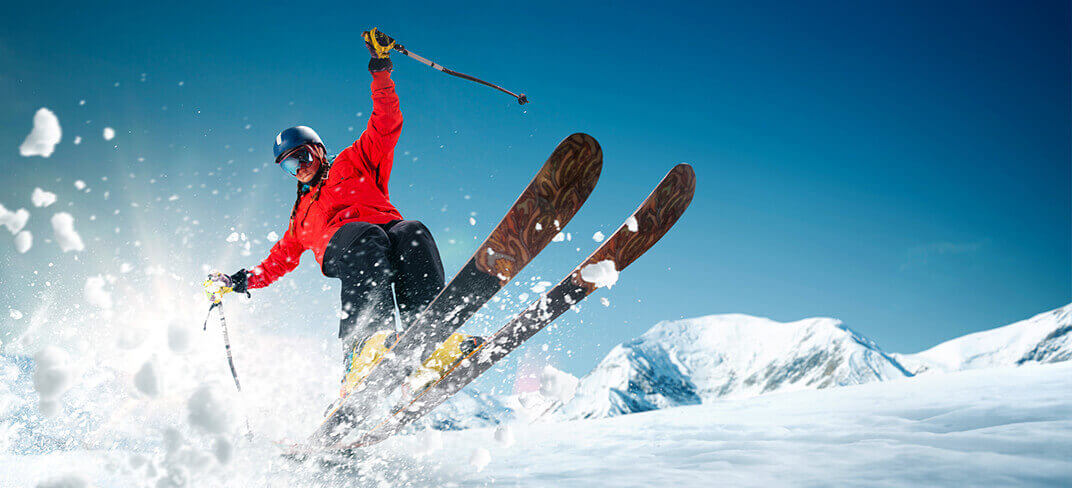Mastering the Slopes: A Winter Guide to Preventing Skiing and Snowboarding Injuries

Skiing and snowboarding down snow-covered slopes can be a fun winter escape, but safety should always be a top priority. Let’s explore common injuries and risks associated with skiing and provide essential tips for preventing them.
Common Skiing and Snowboarding Injuries and Risks
As is the case with many sports, skiing and snowboarding carry inherent injury risks, including situations such as:
- Altitude sickness
- Dehydration
- Falling
- Ignoring warning signs for dangerous areas
- Ill-fitting or improper equipment
- Hidden hazards or adverse weather conditions
- Skiing/snowboarding above your skill level
- Skiing/snowboarding without adequate rest and hydration
- Ski-lift injuries
Even seasoned athletes who adhere to safety guidelines and are careful can still experience injuries – some of the common ones include:
- Anterior cruciate ligament (ACL) tear or strain
- Head injuries, including concussion
- Neck injuries, such as whiplash and neck strain
- Sprained knee
- Shoulder dislocation or fracture
- Spinal injuries
- Wrist and hand injuries
Concussions and head injuries often result from collisions with other skiers or obstacles such as trees off the main trail. Shoulder dislocations, fractures, and wrist/hand injuries can occur during falls. Torn ligaments frequently happen due to sudden twists, awkward falls, or getting caught on objects.
Preventing Skiing and Snowboarding Injuries
To ensure safety, skiers and snowboarders should understand any rules, follow trail difficulty signs, and begin with less challenging trails when exploring new courses, regardless of their skill level.
- Understand the rules and guidelines of the sport.
- Choose trails appropriate for your skill level and gradually progress to more challenging ones.
- Familiarise yourself with the ski area and lift operations.
- Enter and exit ski lifts properly, lower the safety bar, and avoid collisions.
- Maintain good physical condition through cardiovascular fitness, strength training, and flexibility exercises.
Equipped for Success on the Slopes
Just like any sport, having the right equipment and clothing is crucial for preventing injuries and enhancing performance in skiing or snowboarding. Essential gear includes:
- Well-fitting ski/snowboard boots
- Properly adjusted bindings
- A helmet
- Skis/poles sized to your ability When dressing for the slopes, remember to:
- Dress in layers
- Wear wind-resistant clothing
- Use hats, headbands, gloves/mittens, and goggles/sunglasses with UV protection
- Apply sunscreen with SPF 30 or higher
Workout Specifics for Skiers
To prepare for the ski season, a general guideline is to engage in workouts three to five times a week, each lasting one to two hours, with a focus on:
- Flexibility
- Jump training
- Core and balance
- Cardiovascular endurance
- Upper and lower extremity exercises. Strength training should include two sets of 15 repetitions, with fatigue setting in between the 8th and 12th repetition.
Enjoy the Slopes
For a safe and enjoyable skiing or snowboarding experience, take preventive measures, follow the rules, and invest in the right equipment. Prioritise your well-being and performance on the slopes.
If you need expert guidance on sports medicine, concussion, or physiotherapy services, including injury prevention and rehabilitation, contact: